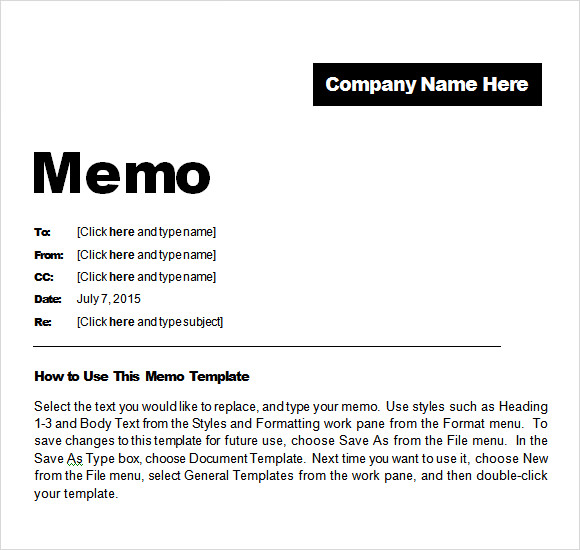

There's a big issue about whether feeding tubes, for example, is a form of torture. Sure, there's a lot of things that are interesting about Guantanamo right now. We're used to hearing stories that have a beginning, a middle, and an end. Even though this is policy, narratives are what work and what resonate. And you're trying to tell a story to the decision maker. It doesn't necessarily have to start as I said all the way back to 2011 but in what you do try to put it in a chronological order so you're not jumping all over the place. If you can, you want to tell the background section like a story. Hardest thing is to figure out which facts you want to be in and which you're going to exclude. You don't have time to go through the entire history. Guantanamo, of course it started way back in 2001, problems right up to the present day. What's our process here in dealing with the background section? First of all, the key part is, there's going to be a lot of facts. So it's much better to write the whole thing and then come back and write your executive summary introduction. They're really hard to write these concise, introductory synthesization of your entire memo in two or three sentences. All right, next part's going to be the introduction. So we have a historic record of when this memo was written. It's going to tell who the memo's to, who it's from, what the memo's about, so here, closing detention facility at Guantanamo Bay, Cuba, and the date. The first thing we're going to do is put down a heading.

Okay, so let's start writing our policy memo.


 0 kommentar(er)
0 kommentar(er)
